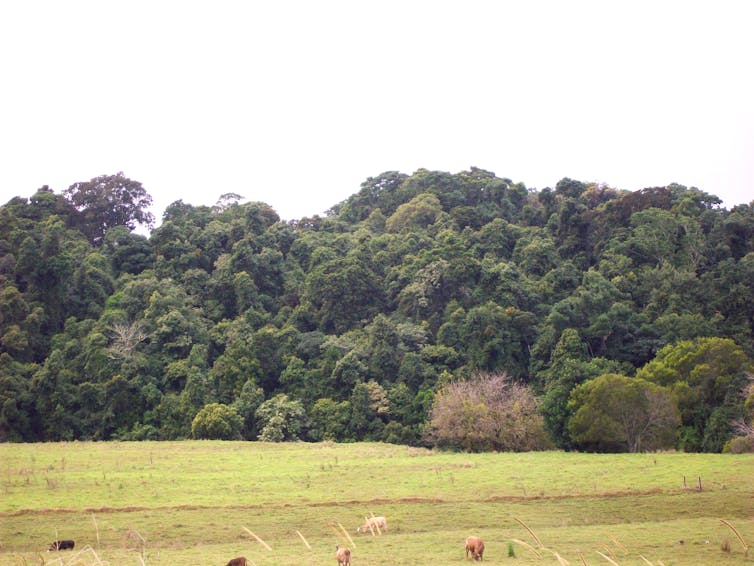Larvae on pasture. PHOTO: Techion, NZ
Continuous grazing of a paddock increases pasture contamination and subsequent reinfection of sheep by worm larvae. However, grazing management is an effective tool to help reduce the number of eggs being deposited onto pasture and the number of larvae being ingested by sheep. This ultimately can reduce the reliance on chemical drenches and thus slow down the development of anthelmintic resistance.
When considering changes in grazing management practices there can be two different objectives.
- Prepare low-risk paddocks for vulnerable stock
Prepare low-risk paddocks for vulnerable stock, which will be weaner lambs and pregnant and lactating ewes. It is important to look after these two classes as their ability to mount an effective immune response and defend themselves against worms is compromised. Weaners have yet to fully develop their own immune system. Pregnant and lactating ewes have a compromised immune response due to the metabolic demands of pregnancy and lactation.
Preparing a low-risk lambing/weaner paddock needs to be done in advance as it can take up to six months depending on the environment you live in. You are aiming to spell your paddocks from infected animals to allow existing worm larvae and eggs to die off, while at the same time preventing further contamination. This doesn’t mean these paddocks can’t remain productive, you just have to think a little outside the box. For example, you could graze with cattle, or sheep for a short period following an effective drench (wethers are particularly useful here as they are naturally more resistant) or you may like to consider a crop, silage, or hay making.
Other alternative methods of control that lower worm burdens in sheep will help as well, such as a Barbervax program, Bioworma, and selecting resistant rams.








